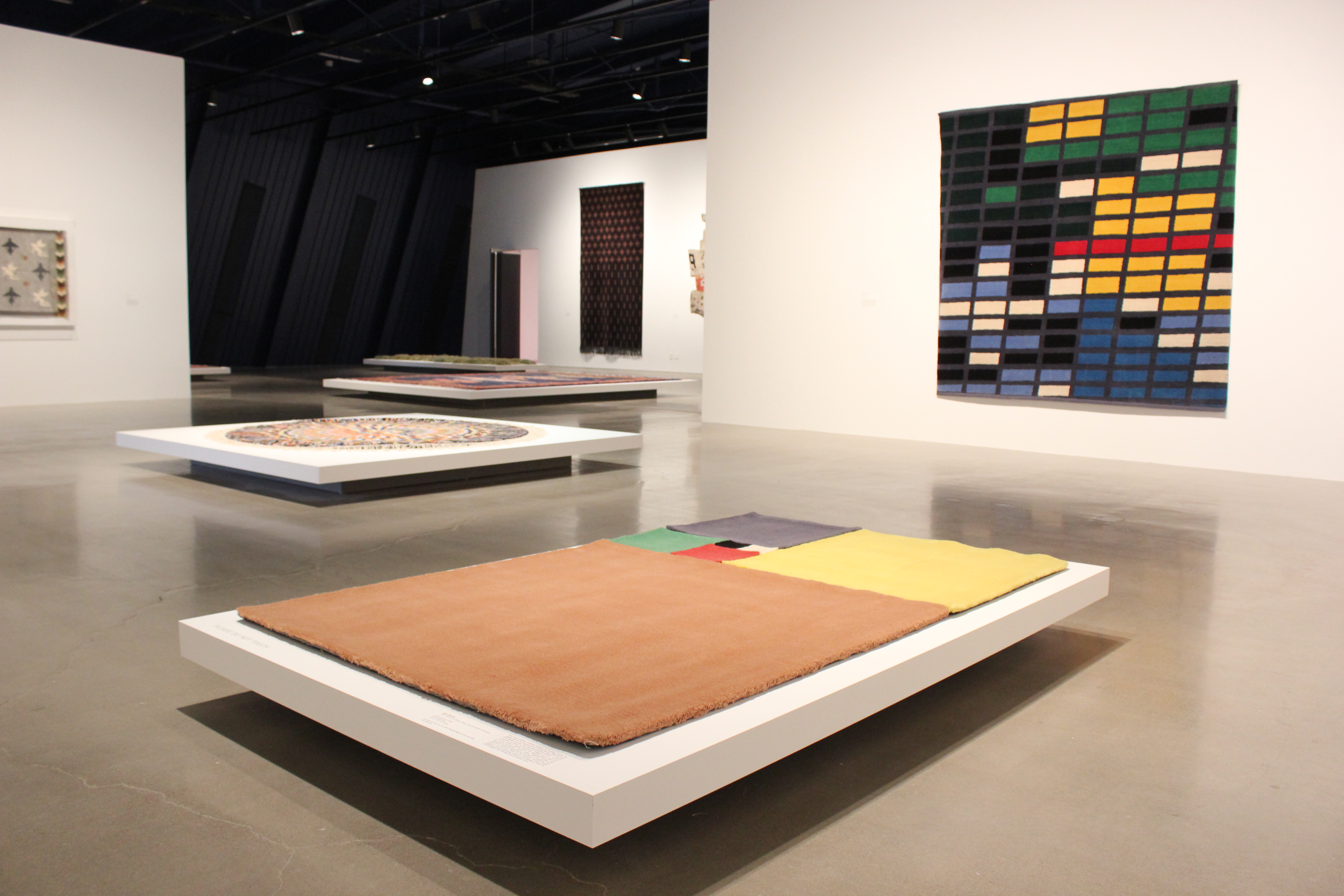Colin Lyons tells tales of industrial decay through art at SPACES
By Kristen Mott
Growing up in Petrolia, Canada, a city widely known as Canada’s original oil boomtown, artist Colin Lyons was heavily influenced by his environment.
“I grew up kind of surrounded by signs of failed industry,” says Lyons, who currently lives in British Columbia. “There’s evidence of that past oil boom all around. There’s an old historic oil field and huge Victorian mansions that are run down now.”
Lyons’ fascination with industrial ruins and failed economies is evident in his first U.S. solo exhibit, “Automatic Ruins,” which makes its debut Nov. 14 at SPACES Gallery in Cleveland’s Ohio City neighborhood.
The exhibit explores ruins and the idea of obsolescence through printmaking, sculpture and chemical experiments. The idea for the exhibit developed after Lyons made a mistake while experimenting with etching plates.
“The process I’m using with a lot of the pieces in ‘Automatic Ruins’ came out of an experiment with etching and etching plates,” he explains. “After printing them, I soldered the plates together and scraped away at them. During one of my first experiments I basically made a mistake and put some of the plates in the wrong chemicals and it began to grow this almost crustaceous, ruin-like structure on it. That was the starting point for this series of work.”
Besides being influenced by his hometown, Lyons’ work also is affected by his time spent working in a historical museum in Canada. While at the museum, Lyons spent many hours working with historical artifacts, and was inspired to make replicas of a number of pieces from the museum’s collection using etching plates.
“I turned the role of the museum on its head to basically create ruins out of these objects and kind of reimagine what these objects would have looked like had they been left to decay rather than be preserved for 50 or 100 years,” Lyons says.
The “Automatic Ruins” exhibit features one large platform displaying about 25 of these ruins.
The exhibit also will highlight Cleveland’s own storied industrial history. A portion of the exhibit, titled “A Modern Cult of Monuments,” will consist of historically significant rubble left behind by restoration projects in Cleveland.
Lyons enlisted Marilyn Simmons, the gallery manager at SPACES, to help locate historic buildings in Cleveland that are being renovated and secure pieces of rubble for him to incorporate into the exhibit.
Lyons was attracted to the architecture of the Fairmont Creamery building in Cleveland’s Tremont neighborhood, which is being converted into apartments, offices and commercial space. Once he arrives in Cleveland, Lyons hopes to use a lithographic process to polish the pieces of concrete to a mirror finish. Once polished, Lyons will create lithographic images on the pieces of concrete. A short history detailing the significance of the building will accompany the rubble in the exhibit.
Simmons says the exhibit will showcase the history of Cleveland and how objects disintegrate and change.
“People will get the history of what he’s found in Cleveland and they’ll get the fascination of how metal and stone can putrefy over time,” Simmons says.
The third part of the exhibit, “Time Machine for Abandoned Futures,” will feature a large chemical-based sculpture that utilizes etching-powered batteries to electro-clean and electro-etch ruins that Lyons finds at various abandoned industrial sites.
“It’s sort of an archeological process,” Lyons explains. “I’m using an etching process to clean and restore the ruins, but then I’m etching the markings of where the deterioration used to be to paint a sort of topographical map.”
Since many of the pieces in the exhibit will be submerged in a chemical solution, Simmons says it will be exciting to see how each item changes during the two months of the exhibit.
“Some of the objects are submerged in chemical solutions that essentially activate the process of turning the object into a ruin during the course of the exhibition,” she says. “Hopefully by the end of the exhibit things will have totally changed, because the pieces are constantly under pressure while they’re here. Colin basically takes the rubble of pieces that have been abandoned and gives them new life.” CV
*Lead image: “Automatic Ruin (detail),” zinc etching plates, copper sulphate, galvanized steel. Photo by Paul Litherland.












